Trending Topics:
- Blood Moon 2025
- Potoo Bird
- Cosmic Butterfly in Space
- Jupiter Juno
Indian Violet: India’s Rare and Beautiful Tarantula
Meet the Indian Violet Tarantula, a striking spider with vibrant violet hues, known for beauty, speed and underground burrows across Western India.
1/10
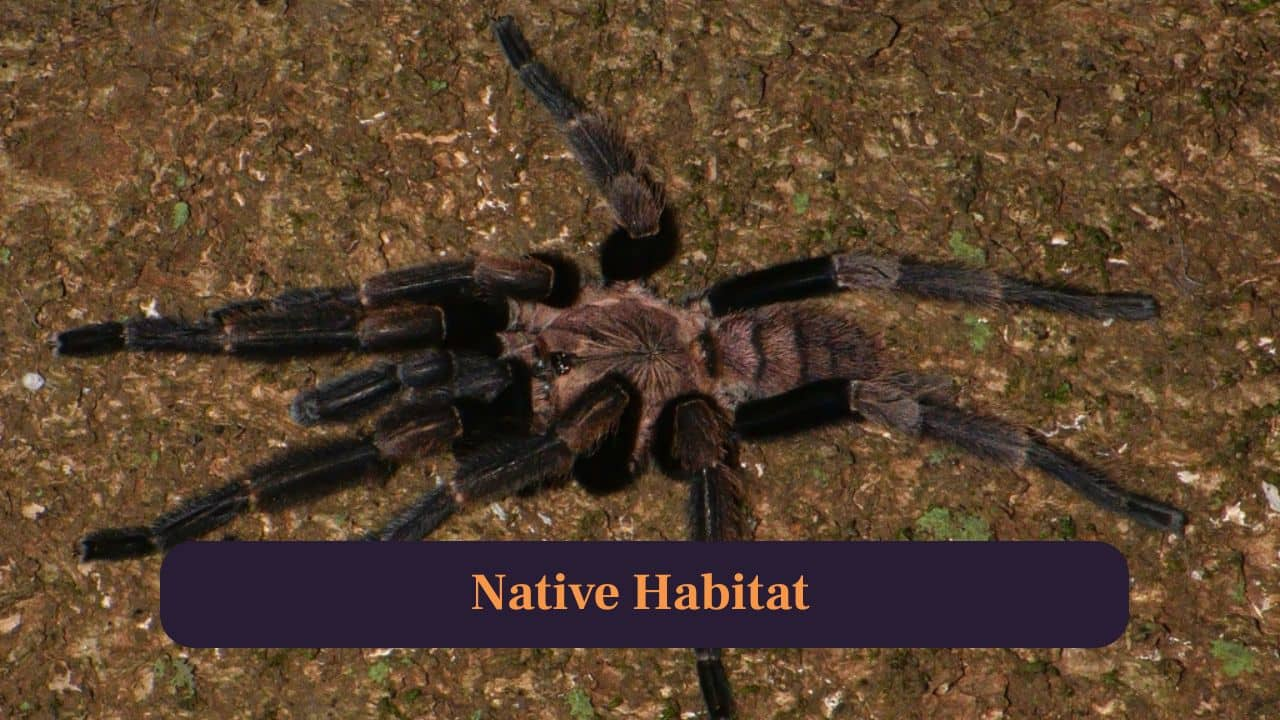
1. Native Habitat: This species thrives in India’s Western Ghats, living in humid forests and scrublands with deep burrows for safety from predators. (Image: Canva)
2/10
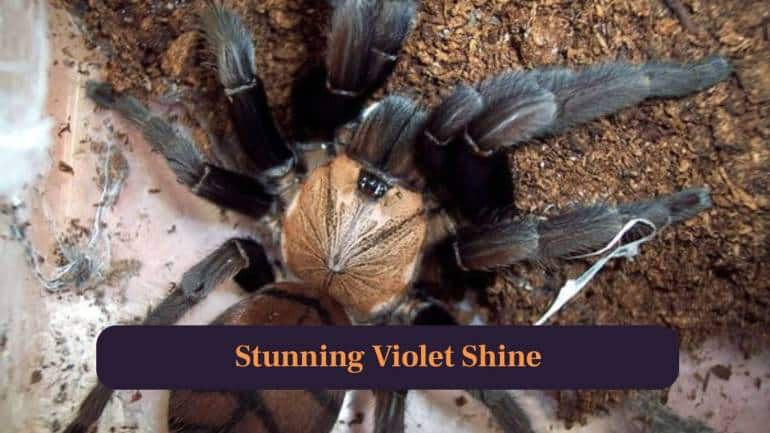
2. Stunning Violet Shine: Its legs and carapace reflect dazzling violet tones under light, making it one of the most visually captivating tarantulas globally. (Image: Canva)
3/10

3. Ground Dwelling Spider: A fossorial species, it builds tunnel systems underground, emerging mainly at night to hunt and explore surroundings cautiously. (Image: Canva)
4/10

4. Fast and Defensive: Quick movements and threat postures help it fend off threats. It prefers escaping over biting but reacts if cornered aggressively. (Image: Canva)
5/10

5. Strong Webbing Skills: They line burrow walls with thick silk, extending trip-lines outside to detect vibrations from insects passing by. (Image: Canva)
6/10

6. Venom Effects: Bites usually cause local pain and swelling in humans. They are not deadly but extremely uncomfortable for several hours. (Image: Canva)
7/10
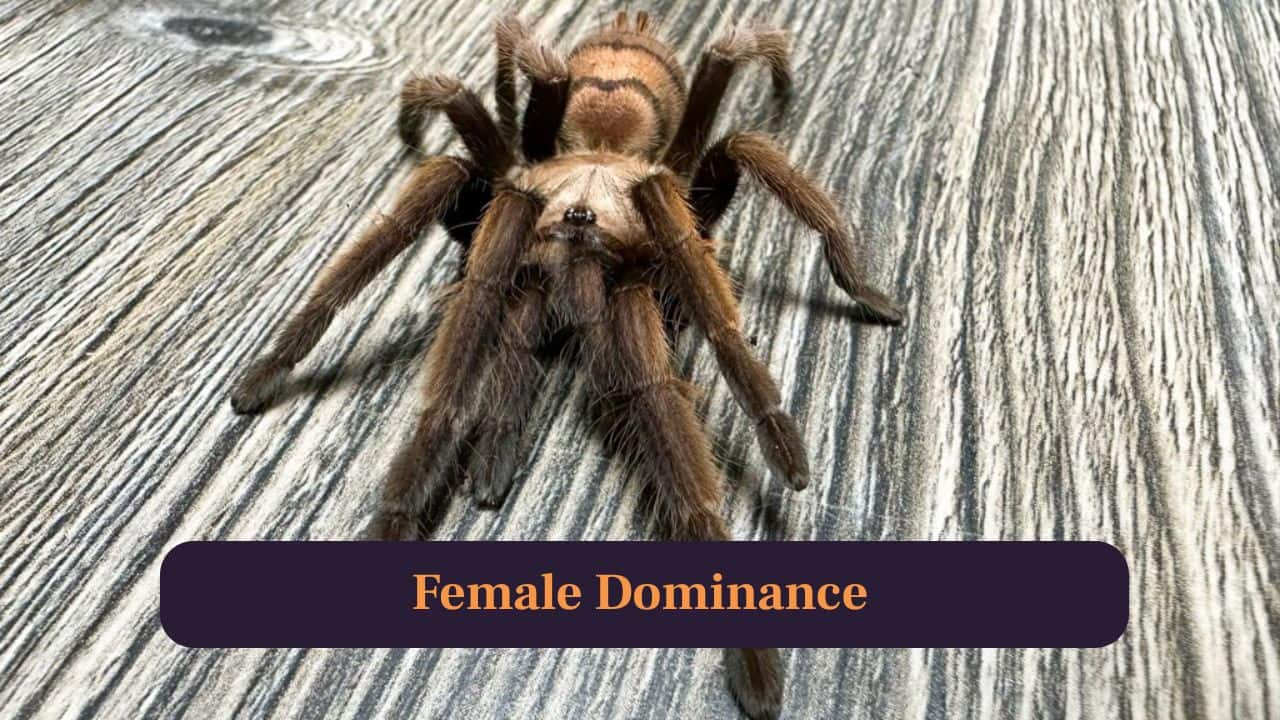
7. Female Dominance: Females live longer than males, sometimes over fifteen years, making them preferred among enthusiasts for long-term captivity. (Image: Canva)
8/10
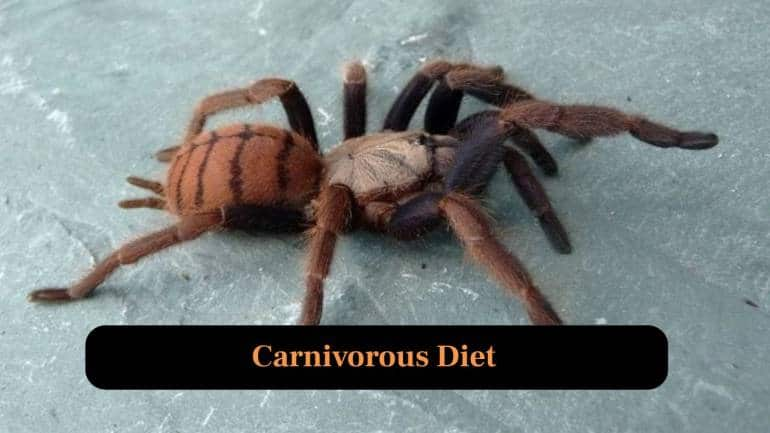
8. Carnivorous Diet: Feeds on insects, small lizards and occasional vertebrates, ambushing prey with speed and powerful venom for immobilisation. (Image: Canva)
9/10
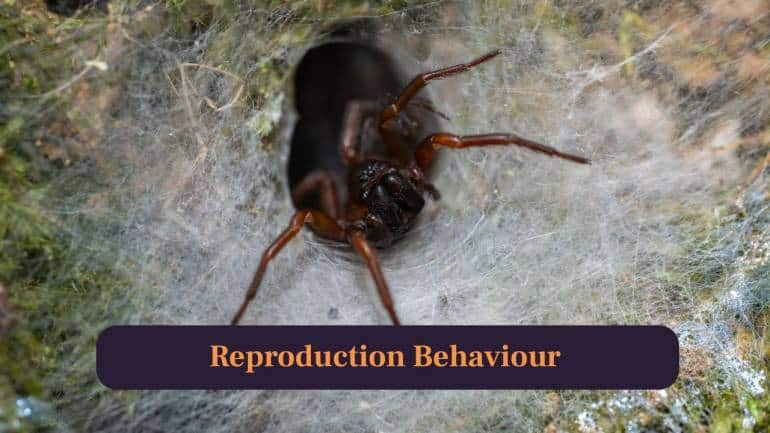
9. Reproduction Behaviour: Males carefully tap silk near female’s burrow, hoping she accepts; mating risky due to potential cannibalism. (Image: Canva)
10/10
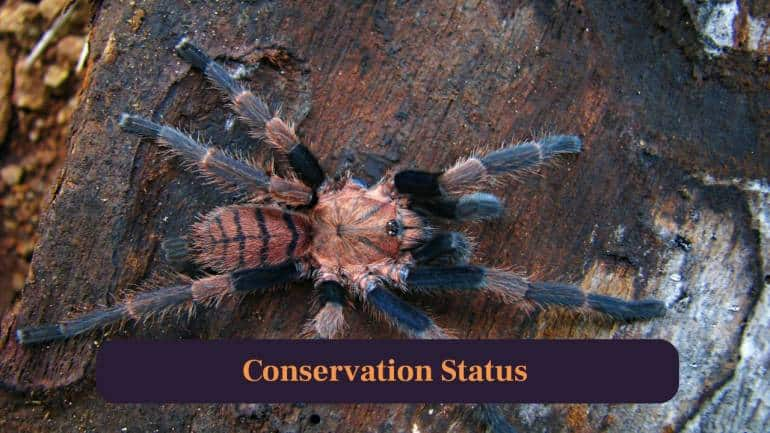
10. Conservation Status: Habitat loss threatens stability of wild populations; protection of Western Ghats ecosystems crucial for species’ survival. (Image: Canva)
Discover the latest Business News, Budget 2025 News, Sensex, and Nifty updates. Obtain Personal Finance insights, tax queries, and expert opinions on Moneycontrol or download the Moneycontrol App to stay updated!






